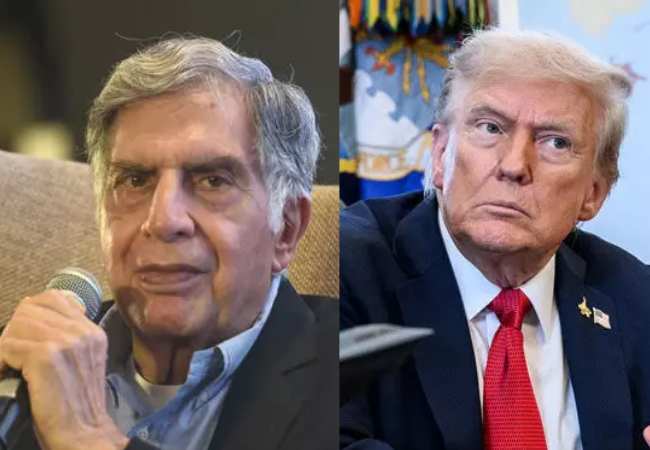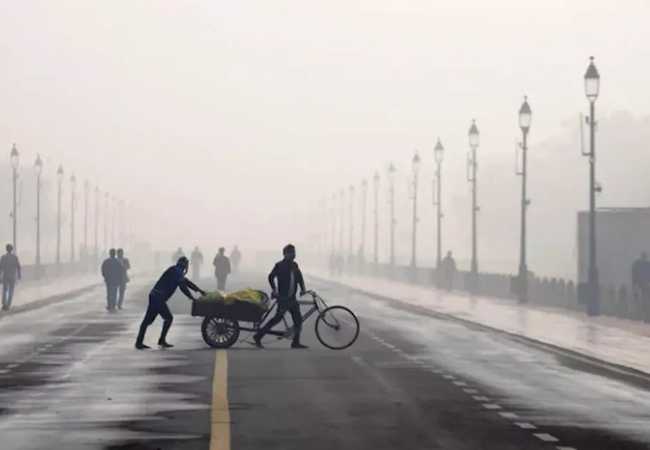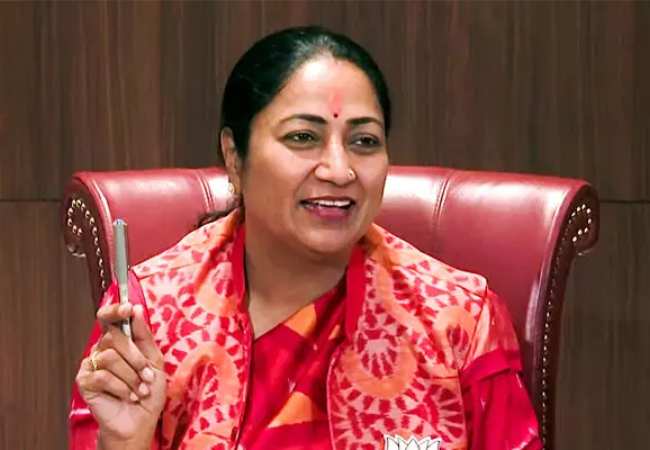Rio de Janeiro: Young Elavenil Valarivan won her maiden gold medal in the women's 10m Air Rifle event even as fancied teammates Anjum Moudgil and Apurvi Chandela finished out of medal bracket at the ISSF World Cup Rifle/Pistol Stage.
In her debut year at the senior level, Elavenil shot 251.7 in the finals to help India extend their newly found dominance in the event leaving behind Seonaid Mcintosh of Britain, who won silver with an effort of 250.6.
India has now won three out of the four World Cup gold medals in the women's 10m Air this year. Chinese Taipei's Ying-Shin Lin won bronze as well as one of the two Tokyo 2020 quota places on offer. The second quota was won by Iran.
Gujarat's Elavenil had earlier pipped her senior Anjum in qualification, with an impressive 629.4 to the world No 2's 629.1 as they took the fourth and fifth spots through to the eight-woman final.
World number one and finals world record holder Apurvi failed to qualify for the finals, finishing 11th with a score of 627.7.
In fact, such has been India's supremacy in the event that Mehuli Ghosh, shooting in the non-competition Minimum Qualification Score (MQS) section, shot a 629.1, which could have earned her a final spot as well.
Anjum lead the finals field after the first five shots as Seonaid began as she finished and the eight finalists bunched closely at the top. The Briton then attempted to pull ahead after 10 shots as Anjum had a poor second series to go down to fifth by the 12th shot.
However, Elavenil who was shooting brilliantly went ahead of Seonaid, as the American Mary Tucker became first to be eliminated in 8th place after the 12th.
The Korean Kim, then went out in seventh after the 14th shot at which stage there were three athletes, including Elavenil and Seonaid, who were jointly in the lead with a score of 147.1. Anjum maintained her fourth place at that stage.
Anjum finished fifth losing to Romania's Laura-Georgeta Coman. The Indian shot a 10.1 to Coman's 10.4 to go out in fifth.
Meanwhile Elavenil was dishing out a master-class with a series of high 10s, which saw her maintain a 1.4 in the lead with four shots of the 24-shot final to go.
Seonaid and Elavenil battled till the end, but it was the Indian who prevailed for a milestone win.
In the Women's 25m Pistol, Annu Raj Singh, making a comeback to the India squad shot a solid 292 in the precision stage to set herself in 12thspot ahead of the Rapid Fire round on Thursday, preceding the final.
Compatriot Chinky Yadav shot 290 to lie in 17thplace while Abhidnya Ashok Patil shot 286 to be further back in 43rdspot.
In the men's 50m Rifle 3 Positions competition, there was a qualification world record in the first elimination round itself as Austria's Jan Lochbihler shot 1188 to set the new mark.
India's Sanjeev Rajput shot 1170 in the first elimination round to sail through with a 14thspot finish. He will now shoot the qualifying round on Thursday for a shot in the finals.
So will Parul Kumar who finished 10thin his elimination round with a score of 1169. Chain Singh shot 1163 in the same round as Sanjeev to end in 27thposition.
Thursday has as many as three finals on the schedule beginning with the men's 50m Rifle 3 Positions, followed by the women's 25m Pistol and the men's 10m Air Pistol being the concluding final of the day.
Let the Truth be known. If you read VB and like VB, please be a VB Supporter and Help us deliver the Truth to one and all.
Hyderabad (PTI): The Telangana government on Sunday said it has decided to name the upcoming greenfield radial road at the proposed RRR in honour of the late industrialist Ratan Tata.
In another proposal, a high-profile road along the United States Consulate General in Hyderabad will be named ‘Donald Trump Avenue’, the government said in a release.
The state government will write to the Union Ministry of External Affairs and the US Embassy to inform them of the plans.
Earlier this year, Chief Minister A Revanth Reddy, while addressing the annual US-India Strategic Partnership Forum (USISPF) conclave in Delhi, had proposed naming key roads in Hyderabad after leading global corporations.
Additionally, a prominent stretch will be named ‘Google Street’ to recognise the global impact and contribution of Google and Google Maps.
The road along Google’s upcoming campus, set to be the company’s largest outside the US, in Hyderabad’s Financial District, will receive this recognition, the release said.
The proposals are part of the Telangana government’s initiative to position the state as a hub for innovation-driven development.
Microsoft and Wipro are also expected to receive recognition in the city’s topography, with a Wipro Junction and a Microsoft Road, in line with the chief minister’s vision, the release added.
The state government is considering dedicating additional roads in honour of distinguished individuals and corporations.





